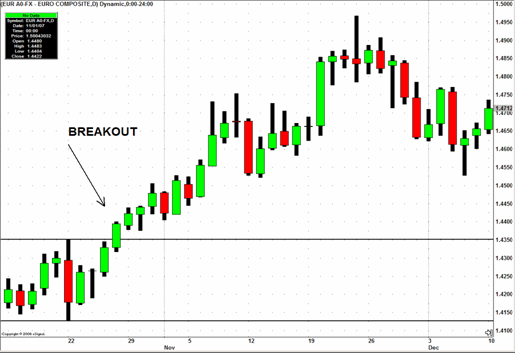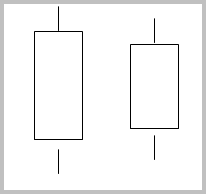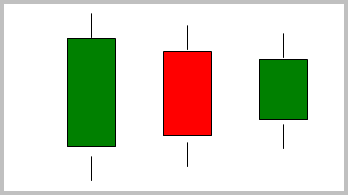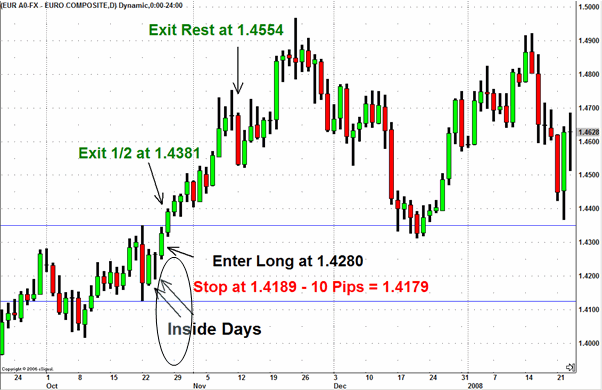High Probability Breakout Strategy for Currency Trading
Things that are rare tend to be the most valuable. This is the way that breakout traders should approach the currency market. I like to look at breakout trading from a volatility perspective because the central idea behind breakouts is that periods of low volatility are followed by periods of high volatility. Sounds complicated? It isn’t.
What is the Definition of a Breakout?
According to the American Heritage Dictionary, a breakout is defined as a forceful emergence from a restrictive condition.
Click here to learn how to utilize Bollinger Bands with a quantified, structured approach to increase your trading edges and secure greater gains with Trading with Bollinger Bands® – A Quantified Guide.
How Does it Apply to Trading?
In trading, a breakout is a situation where a currency is caught within a tight range that has a clearly defined support and resistance level. When the support or resistance point is broken, a breakout occurs because the currency pair forcefully emerges from its restrictive price range.
The following chart of the EUR/USD is a simple example of a breakout. In October 2007, the EUR/USD was trapped within a 200 point trading range for at least a week with a clearly defined support and resistance level. When the resistance level was broken, the EUR/USD emerged from its range bound environment and proceeded to rally 400 pips with virtually little retracement.

Source: eSignal
Unfortunately finding breakouts on the charts is easy, but trying to time a breakout is hard. This is where the Inside Day Strategy that I teach in my book Day Trading the Currency and advisory service BKTraderFX comes into play. This strategy is actually very popular in the world of professional trading, but new traders are frequently amazed by its ease and reliability. Currencies are extremely trending which increases the accuracy of Inside Days. Like pink diamonds, Inside Days are extremely rare, but when they manifest themselves, the signal is very powerful. In order to spot inside days, nothing more is needed than basic candlestick charts.
What are Inside Days?
An inside day is defined as a day where the daily trading range of a currency pair is contained within the prior day’s trading range. In other words, the day’s high and low do not exceed the previous day’s high and low as indicated by the following candlesticks:

Inside days represent decreasing volatility because each day’s range is smaller than the next.
With the inside day trading strategy, we need to see at least two inside days because seeing just one is simply not significant enough. The more inside days the better because it increases the likelihood that the breakout will have follow through. The inside day trading strategy is best applied on daily charts because the longer the time frame, the more significant the breakout. The following candles illustrate what two inside days look like (the candles can be red or green):

Rules for the Inside Day Trading Strategy
Here are the rules or general guidelines that I like to use for trading Inside Days:
Long:
1. Identify a currency pair where the daily range has been contained within the prior day’s range for at least two days (we are looking for multiple inside days).
2. Buy above the high of the most recent inside day.
3. Place stop and reverse order at least 10 pips below the low of the nearest inside day.
4. If the position moves higher by the amount that you risked sell half of the position and replace the stop and reverse with a trailing stop.
Protect Against False Breakouts: If the stop and reverse order is triggered, place a stop at least 10 pips below the low of the nearest inside day and protect any profits larger than what you risked with a trailing stop.
The rules are the reverse for a short trade if the breakout occurs to the downside.
Deconstructing the Trading Rules
No one likes to follow rules without understanding them and I am big believer of understanding the premise behind each rule in my strategies so that traders realize which ones are flexible and which ones aren’t.
Rule # 1 is the core of the strategy. We MUST see at least two inside days in order for the setup to be valid. If there is only one inside day, the strategy should not be considered.
Rule # 2 is the action that puts us into the position. We want to buy at the first sign that the range is expanding or that the volatility is increasing. Therefore we buy as soon as the price breaks above the high of the closest inside day candle. More conservative traders who want to make sure that the breakout is real can buy when the price breaks above the inside day candle one day before the most recent one, but buying then will also increase the amount of pips at risk.
Rule # 3 has two purposes. The first is to act your stop, the second is to prevent against false breakouts. Every trade needs a stop and our stop on a long trade is placed 10 pips below the low of the most recent inside day because I believe in technical stops over monetary stops. The idea is that if we are in a long trade and the currency breaks below the low of the most recent inside day, then the prior breakout is false and no longer valid. However, given the significance of an inside day breakout, we actually add an order to short when the long position is closed so that we can capitalize on a breakout to the downside.
Rule #4 is the most flexible. Here, we exit half of the position for nothing other than a monetary reason. Then we move our stop to breakeven on the second lot and trail our stop so that we can capture as much of the breakout moves as possible. Aggressive traders may choose to trail by a 1 bar low while conservative ones choose to trail by a 3 or 5 bar low or a technical indicator.
Now let us take a look at an example:
In the same EUR/USD chart shown above, we actually see our two inside days in the area highlighted. According to our trading rules, we go long the EUR/USD when it breaks the high of the most recent inside day at 1.4280. Our initial stop and reverse order is placed at the low of the closest inside day minus 10 pips or 1.4179. This means that we are risking 101 pips. Therefore our initial target is the amount risked or 1.4381, which was triggered the very next day. Then we moved our stop on the remaining half of the position to breakeven. We trail the stop by a 2 bar low, meaning that we only exit the position when the price of the currency pair has broken below the low of the past two days. This happens 12 days after we put on the initial trade and we end up closing the second half of our position at 1.4554 for a profit of 101 pips on the first lot and 274 pips on the second.

Source: eSignal
Key Points to Remember
The Inside Day trading strategy works best on Daily charts and currency pairs that are very trending such as the EURUSD, USDJPY, and GBPUSD. For further optimization, technical formations can be used in conjunction to the visual identification to place a higher weight on a specific direction of the breakout. For example, if the inside days are building and contracting towards the top of a recent range such as a bullish ascending triangle formation, the breakout has a higher likelihood of occurring to the upside. The opposite scenario is also true, if inside days are building and contracting towards the bottom of a recent range and we begin to see a bearish descending triangle is in formation, the breakout has a higher likelihood of occurring to the downside.
Kathy Lien is the Chief Strategist of DailyFX.com, the world’s leading source for Forex News and Research. You can also follow her strategies and trade ideas on her blog, kathylien.com. She is an internationally published author of Day Trading the Currency Market and Millionaire Traders: How Everyday People Beat Wall Street at its Own Game, published by Wiley.
